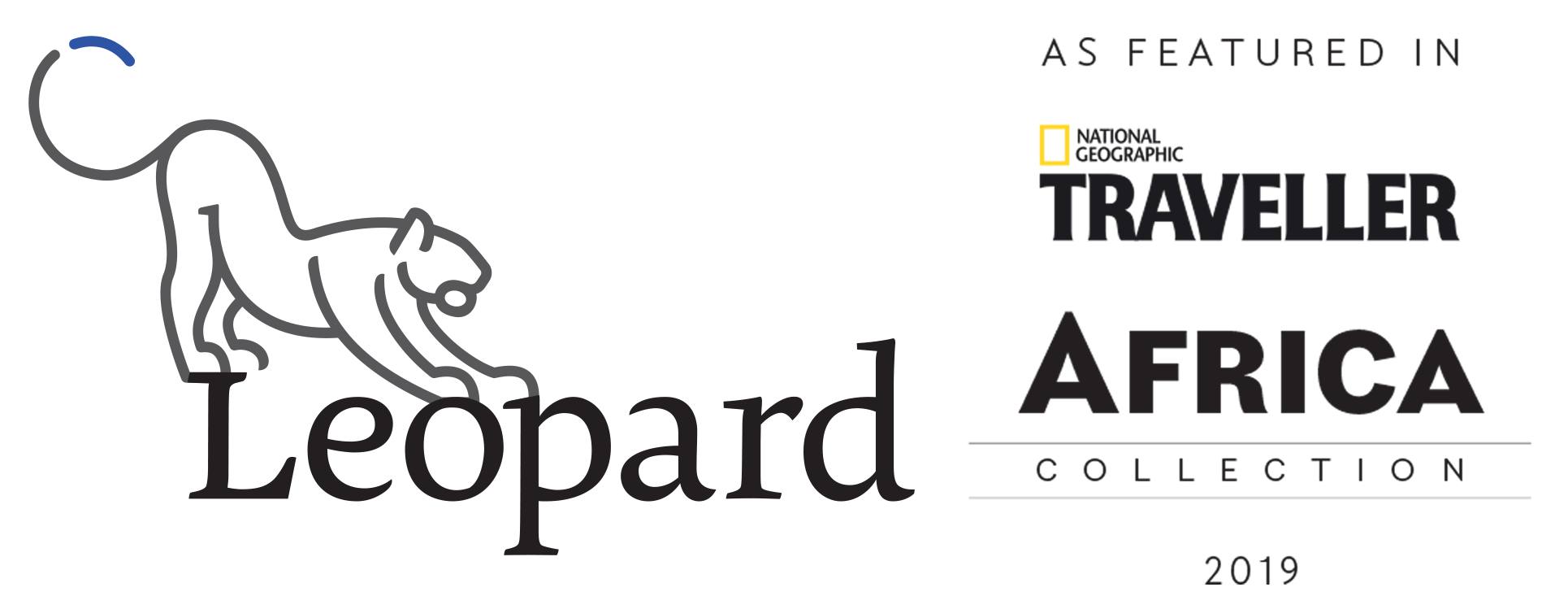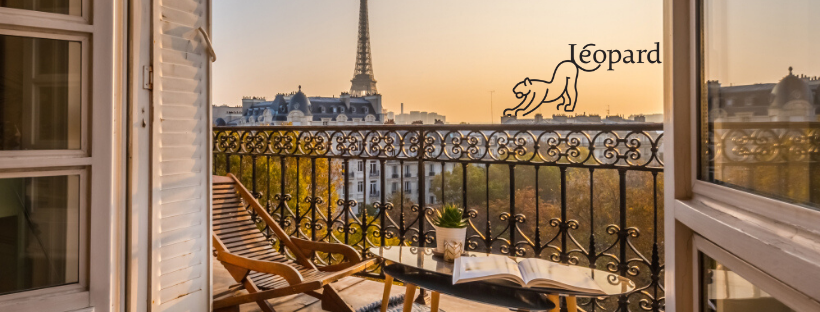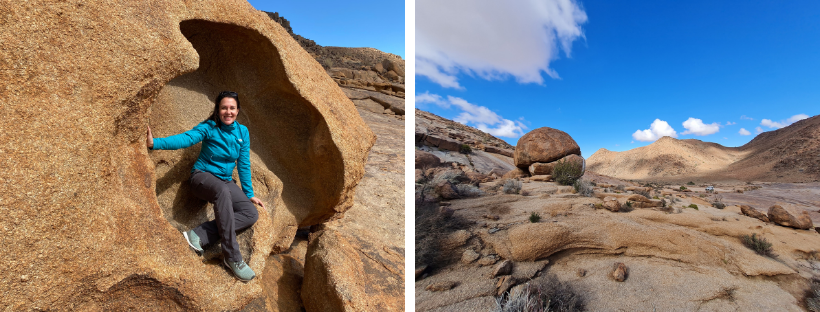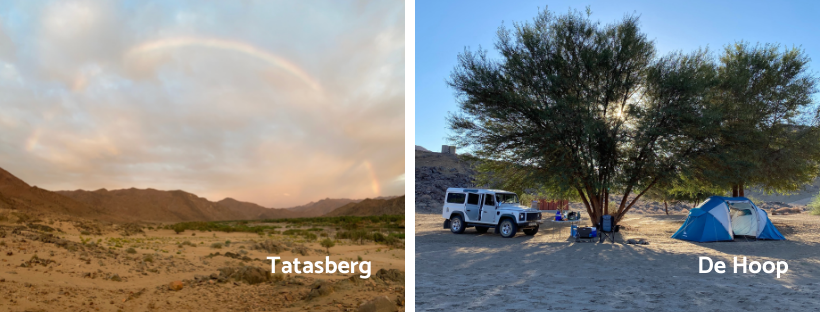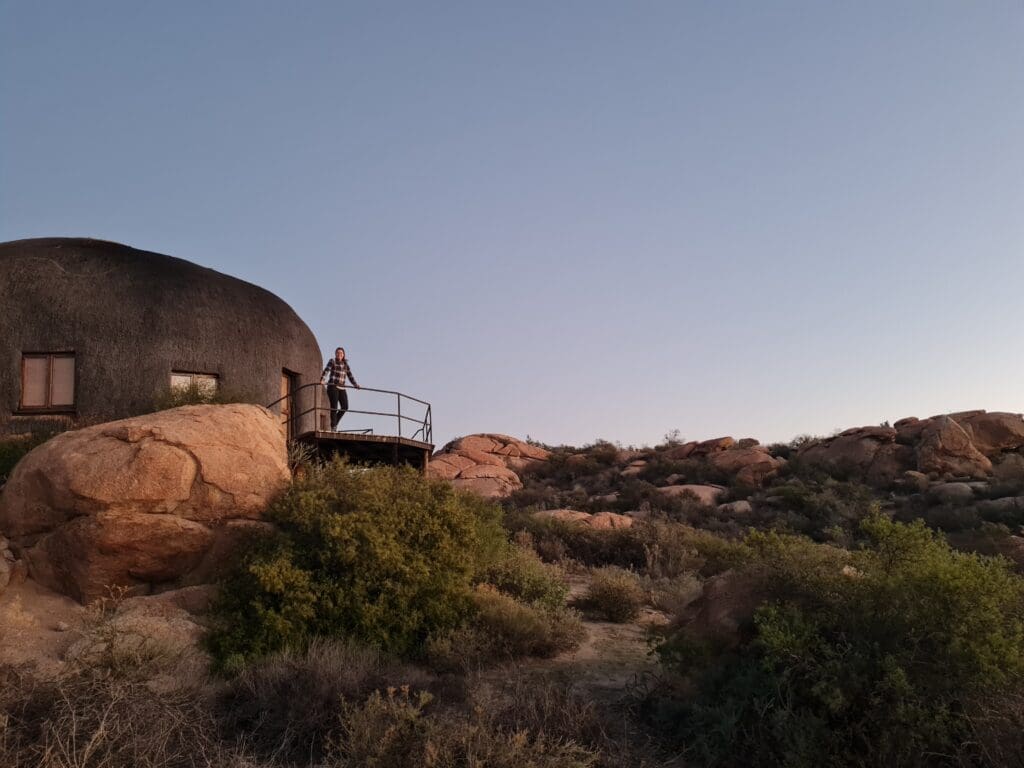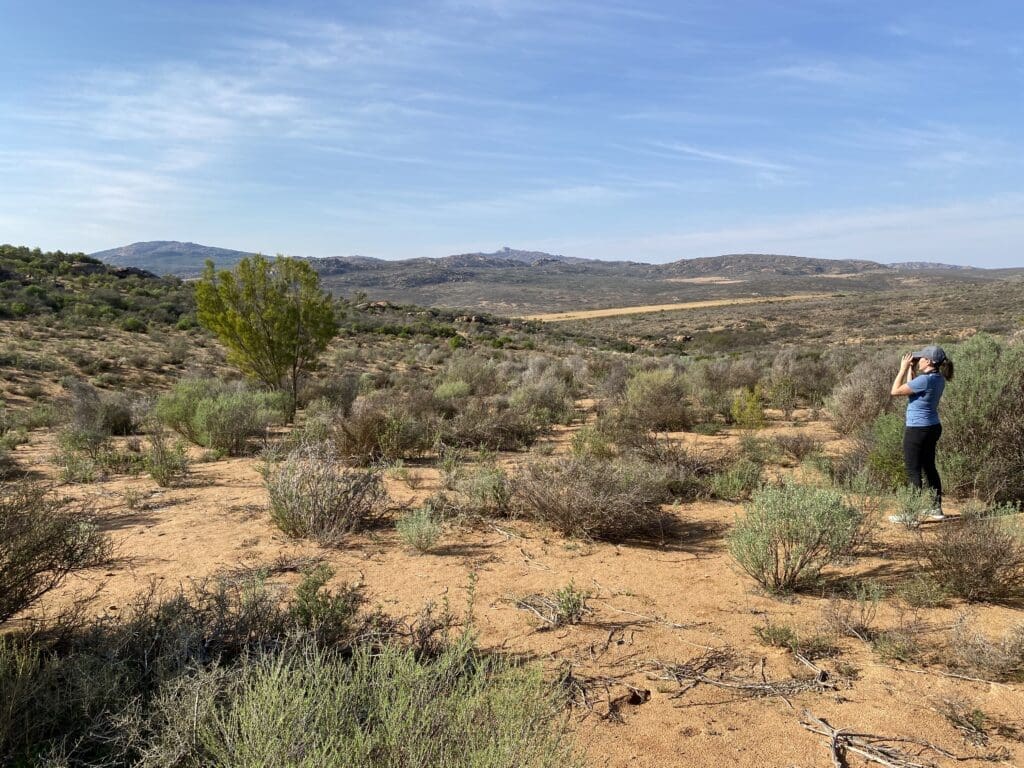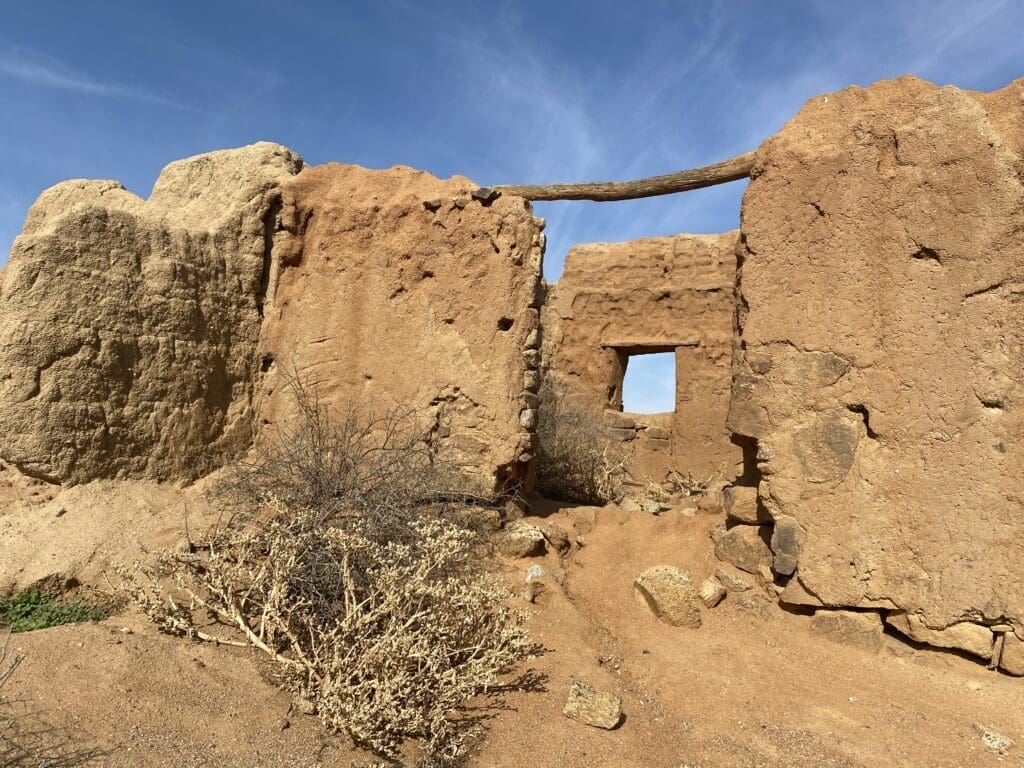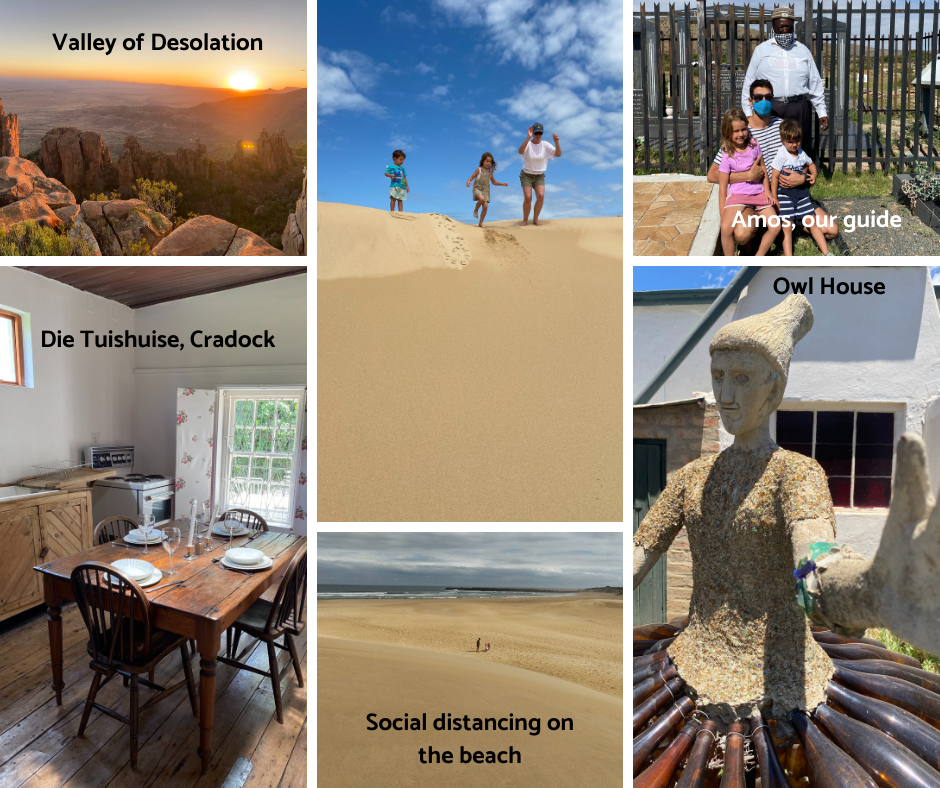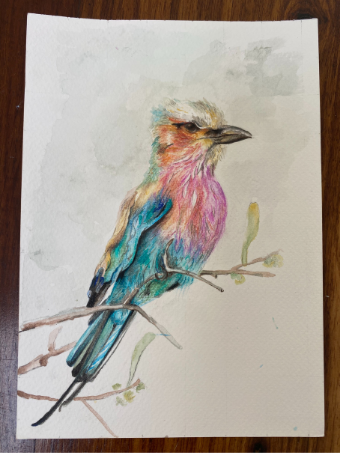What a year it’s been.
It is hard to look back on it without mixed feelings. The start of 2021 was one of the toughest periods for Leopard, filled with a lot of doubt and uncertainty about the future. July to November, in contrast, was filled with new team members, new suppliers, new destinations (Rwanda and France!) and most importantly new clients and new holidays to plan. It was a record breaking period, with so much to be grateful for. And then omnicron hit, and with it worldwide panic and travel bans imposed (unfairly I might add) on Southern African countries. The travel bans have created huge uncertainty and have been extremely difficult for our clients, our partners and ourselves. As I write this newsletter, we do not know whether onmicron is a more or less deadly variant. All indications point to it being less deadly, but we will have to wait and see.
And what has 2021 been like for you? Perhaps you missed important celebrations, and had enforced time away from your nearest and dearest. Birthdays, milestone events and anniversaries passed me by this year. And this has left me with a great desire to reconnect to my loved ones in 2022.
If one of your goals for next year is to celebrate an important occasion, or to reconnect with your favourite people in a spectacular setting, or to travel more while you can, why not let the team at Leopard help you plan a holiday that you will remember forever?

I remember the year I fell in love with travel. It was 1996 and I was about to turn 15. I travelled to London to visit my father’s family and since that moment I became fascinated with experiencing the world beyond what I knew. Until very recently, I had no idea it was possible to combine my love of travel with my actual job. Since starting Leopard, my days have been filled with tremendous satisfaction and enormous challenge in equal parts. Every day I wake up and do my dream job, and who gets to say that? As we reach the end of 2021, I would like to remind myself of all that I have to be grateful for.
We put together a fun video of the big moments for Leopard in 2021. You’ll find it at the end of this email. Please enjoy!
I wish you all a wonderful end to 2021.
Much love to you and yours,
Diana
P.S. If you would like to spoil yourself or your beloved with the gift of travel, get in touch and we will put together a beautiful trip plan to leave under the tree.
Sign up for more newsletters like this here: https://mailchi.mp/2e4afa50d15f/leopard

